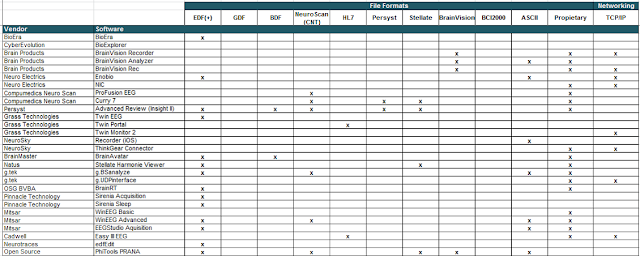Again, that time of the year is approaching; thousands of people from the security community are preparing to head to Las Vegas for the most important hacking events: Black Hat USA and DefCon. IOActive will (as we do every year) have an important presence at these conferences.
We have some great researchers from our team presenting at Black Hat USA and DefCon. At Black Hat USA, Barnaby Jack will be presenting “Implantable medical devices: hacking humans”, and Lucas Apa and Carlos Mario Panagos will be presenting “Compromising industrial facilities from 40 miles away”. At DefCon, Chris Valasek will be presenting “Adventures in automotive networks and control units”.
These will be probably the most commented on talks, so don’t miss them!
During Black Hat USA, IOActive will also be hosting IOAsis. This event gives you an opportunity to meet our researchers, listen to some interesting presentations, participate in a hacking hardware workshop, and more—all while enjoying great drinks, food, and a massage.
Also back by popular demand and for the third time in a row, IOActive will be sponsoring and hosting Barcon. This is an invitation-only event where our top, l33t, sexy (maybe not ) researchers meet to drink and talk.
Lastly (but not least important), we are once again hosting “Freakshow”, our popular and greatest DefCon party, on Saturday, August 3rd at 9am at The Rio pools.
For your convenience, here are the details on our talks at Black Hat USA and DefCon:
IMPLANTABLE MEDICAL DEVICES: HACKING HUMANS
Who: Barnaby Jack
Where & When: Black Hat USA, August 1st, 2:15pm
In 2006, approximately 350,000 pacemakers and 173,000 ICD’s (Implantable Cardioverter Defibrillators) were implanted in the US alone. 2006 was an important year; this is when the FDA began approving fully wireless-based devices. Today there are well over 3 million pacemakers and over 1.7 million ICDs in use.
In this talk, I will focus on the security of wireless implantable medical devices and discuss how these devices operate and communicate and the security shortcomings of the current protocols. I will reveal IOActive’s internal research software that uses a common bedside transmitter to scan for and interrogate individual medical implants. Finally, I will discuss techniques that manufacturers can implement to improve the security of these devices.
COMPROMISING INDUSTRIAL FACILITIES FROM 40 MILES AWAY
Who: Lucas Apa and Carlos Mario Panagos
Where & When: Black Hat USA, August 1st, 3:30pm
The evolution of wireless technologies has allowed industrial automation and control systems (IACS) to become strategic assets for companies that rely on processing plants and facilities in industries such as energy production, oil, gas, water, utilities, refining, and petrochemical distribution and processing. Effective wireless sensor networks have enabled these companies to reduce implementation, maintenance, and equipment costs and enhance personal safety by enabling new topologies for remote monitoring and administration in hazardous locations.
However, the manner in which sensor networks handle and control cryptographic keys is very different from the way in which they are handled in traditional business networks. Sensor networks involve large numbers of sensor nodes with limited hardware capabilities, so the distribution and revocation of keys is not a trivial task.
In this presentation, we will review the most commonly implemented key distribution schemes, their weaknesses, and how vendors can more effectively align their designs with key distribution solutions. We will also demonstrate some attacks that exploit key distribution vulnerabilities, which we recently discovered in every wireless device developed over the past few years by three leading industrial wireless automation solution providers. These devices are widely used by many energy, oil, water, nuclear, natural gas, and refined petroleum companies.
An untrusted user or group within a 40-mile range could read from and inject data into these devices using radio frequency (RF) transceivers. A remotely and wirelessly exploitable memory corruption bug could disable all the sensor nodes and forever shut down an entire facility. When sensors and transmitters are attacked, remote sensor measurements on which critical decisions are made can be modified. This can lead to unexpected, harmful, and dangerous consequences.
Adventures in Automotive Networks and Control Units
Who: Chris Valasek
Where & When: DefCon, August 2nd, 10:00am
Automotive computers, or Electronic Control Units (ECU), were originally introduced to help with fuel efficiency and emissions problems of the 1970s but evolved into integral parts of in-car entertainment, safety controls, and enhanced automotive functionality.
In this presentation, I will examine some controls in two modern automobiles from a security researcher’s point of view. I will first cover the requisite tools and software needed to analyze a Controller Area Network (CAN) bus. I will also demo software to show how data can be read and written to the CAN bus. Then I will show how certain proprietary messages can be replayed by a device hooked up to an ODB-II connection to perform critical car functionality, such as braking and steering. Finally, I will discuss aspects of reading and modifying the firmware of ECUs installed in today’s modern automobile.














